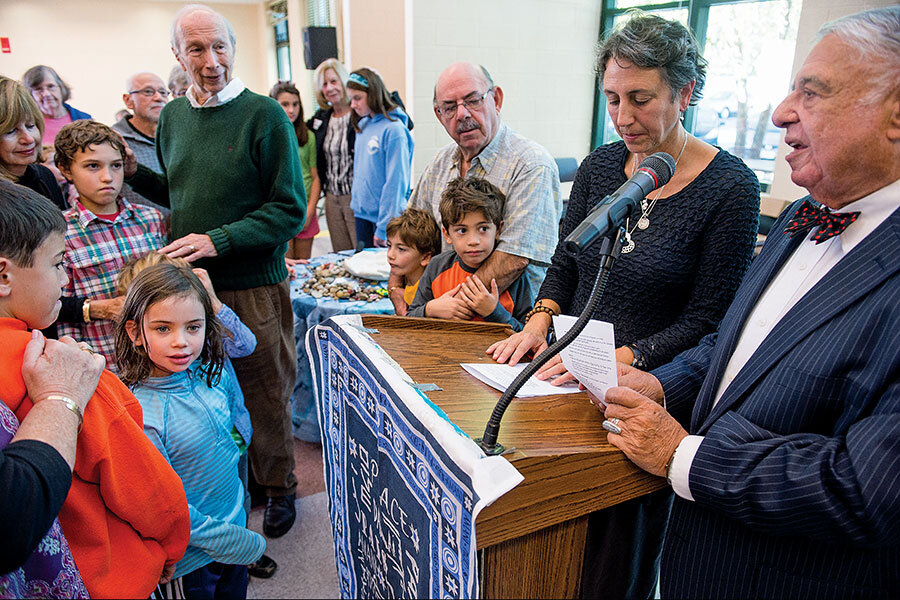The power of peer to peer
Loading...
Spend enough time on this planet and you’ll see old ways return in a new form. Take news and entertainment. Not long ago, during what some call the “golden age” of media, a few networks, studios, and news operations produced most of what people read, watched, and chatted about.
Even a stranger on the street knew the phrase “Heeeere’s Johnny” or what the stakes were when an international crisis was splashed across newscasts and the front pages of morning papers. Today there are tens of thousands of digital channels for professional, semipro, and amateur news, opinion, videos, rants, and raves, as well as a dizzying range of both impressive and nonsensical communications.
But return with us to yesteryear – well before the internet or the golden age. People of the 19th and early 20th centuries didn’t long for “The Tonight Show” or the internet. They entertained themselves and informed themselves, trading news, telling stories, playing music, and standing on political soapboxes to rant and rave. As mainstream media wobbles, peer to peer has returned in digital form.
Many other institutions look wobbly in 2017: political parties, financial services, retail businesses. In much of Europe and North America, churches are in that group, as the Monitor and other publications have documented in recent years. In a Monitor cover story (click here), Jeff MacDonald explores one of the fascinating consequences of the decline of organized religion: Laypeople are stepping into roles once performed by full-time clergy.
Quakers, Mormons, and Christian Scientists have always had clergyless churches. Now, out of necessity, many Episcopal, United Methodist, Congregational, Disciples of Christ, and other mainline Protestant churches are relying on the unordained to play a bigger part in both worship services and pastoral outreach. If peer-to-peer ministry stems from necessity, it nevertheless helps laypeople become more involved in their church, not just in housekeeping and social events but in the life of the soul that is the center of any faith community.
Yes, clergyless churches might just be a mile marker on the road to continued decline. Still, they echo an earlier time. Jeff points out that reliance on the laity was important in the 19th century when there were few pastors to serve the far-flung settlements of North America. Even longer ago, primitive Christianity was largely peer to peer. Paul’s visits and letters sought to bolster – and sometimes correct – the often freewheeling churches that had sprung up. Clergy arose as churches became more established and doctrine more uniform.
Even lay churches, of course, have individuals who devote themselves more deeply than others to things spiritual – a Christian Science practitioner, for instance, or a Mormon bishop. But ultimately, as the founder of Christian Science, Mary Baker Eddy, said citing a passage from Revelation, “all believers are made ‘kings and priests unto God.’ ”
The spiritual flame can be kindled in many ways – through quiet prayer, through gathering with others, though the support and encouragement of more advanced seekers. The goal is to keep the flame lit.






